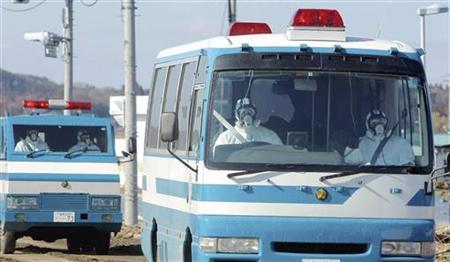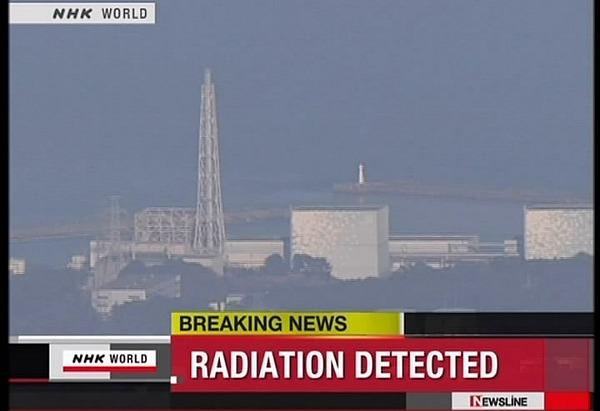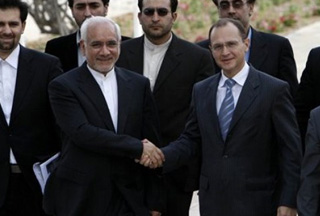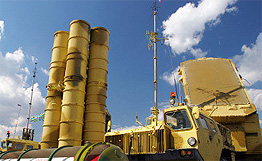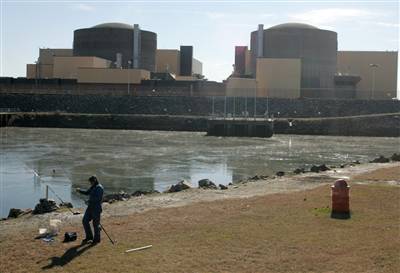What Iran does is perfectly legal under international law.
Iran has signed the Nuclear Non-Proliferation Treaty.
Iran is regularly inspected by the IAEA.
It is Israel that refuses to sign the Nuclear Non-Proliferation Treaty, because this would mean mandatory inspections of their nuclear facilities.
It is Israel that has about 150 nuclear weapons as former U.S. President Jimmy Carter has said.
Any force that would attack Iran is responsible for starting WW III as Russian officials have stated.
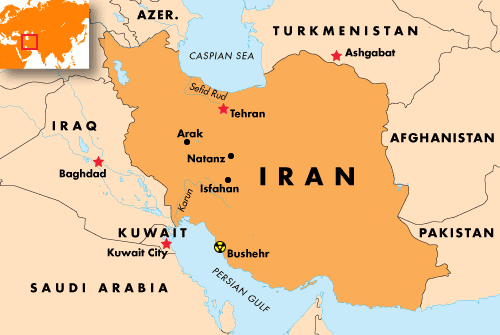
Iran said on Tuesday that its much-delayed nuclear power plant, where testing began last month, would start operating by August 22.
The 1,000-megawatt Russian-built plant in the southern port city of Bushehr will first generate around 500 megawatts by August 22, Energy Minister Parviz Fattah said, quoted by state television’s website.
The Russian federal nuclear company which is constructing the plant has so far declined to give a date for the start-up.
“By the end of the Iranian month of Mordad (August 22), 500 megawatts of the 1,000 megawatt Bushehr nuclear plant will be transmitted to the national grid,” Fattah said.
“The remaining 500 megawatts will be transmitted in the second half of the (Iranian) year,” which will end in March 2010.
On March 4, Foreign Minister Manouchehr Mottaki announced in parliament that the plant would begin operating by September.
Iranian and Russian officials began testing the plant on February 25, as Tehran pressed on with its controversial nuclear programme despite Western fears it may be secretly trying to build an atomic bomb.
Moscow supplied the fuel for the plant in 2008 but it is currently sealed by the UN watchdog, the International Atomic Energy Agency, which has been investigating Iran’s nuclear drive for six years.
Read moreIran: Nuclear plant to start operating by August 22
